In the News
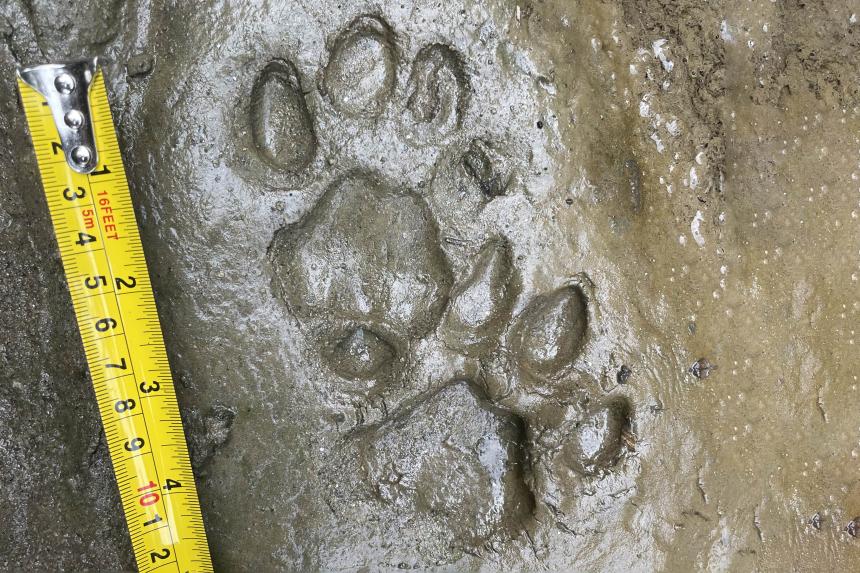
May 24, 2023
Our Wild Carnivore Health Specialist Dr. Martin Gilbert was awarded a seed grant from the Mario Einaudi Center for International Studies to tackle issues related to the health of endangered wild dogs (dholes).
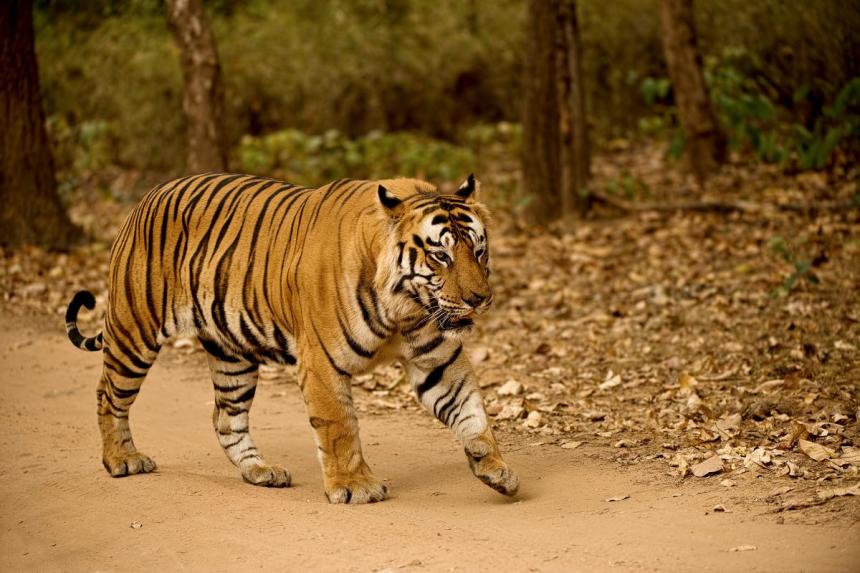
May 04, 2023
In the past century, the global tiger population has dwindled from over 100,000 to between 3,726 and 5,578 animals. In this literature review led by Cornell, researchers suggest disease surveillance is increasingly important as tiger populations decline and become more vulnerable to disease outbreaks.
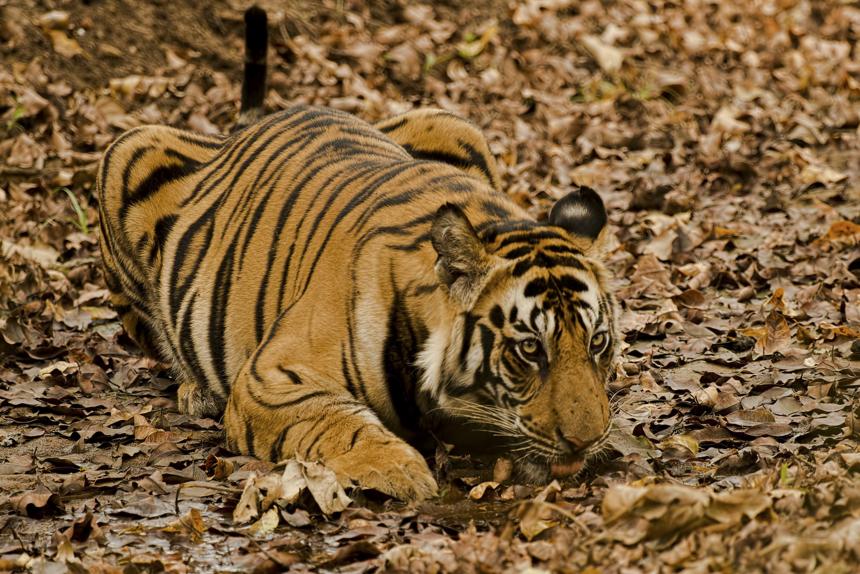
For Your Information
April 21, 2023
The contraction of the global tiger population over the last 100 years into small, often isolated subpopulations has made them increasingly vulnerable to the impact of disease. Despite this, the health of wild tigers continues to be insufficiently funded and explored.
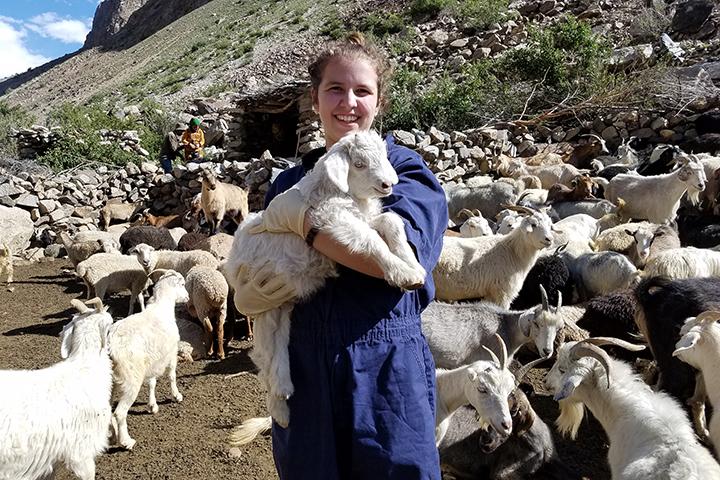
March 22, 2023
I vividly remember the night before I left for Tajikistan; I was nervous, excited, and utterly exhausted. I had just finished wrapping graduation gifts for my roommates and had just about moved everything out of where I was living for the last two years (including my bed)....

For Your Information
March 14, 2023
Canine distemper virus is a global multi-host pathogen that can be fatal in a range of species. This latest study shows that the presence of free-roaming dogs around protected areas in Nepal could represent a source of infectious disease for transmission to local wildlife, including endangered tigers.
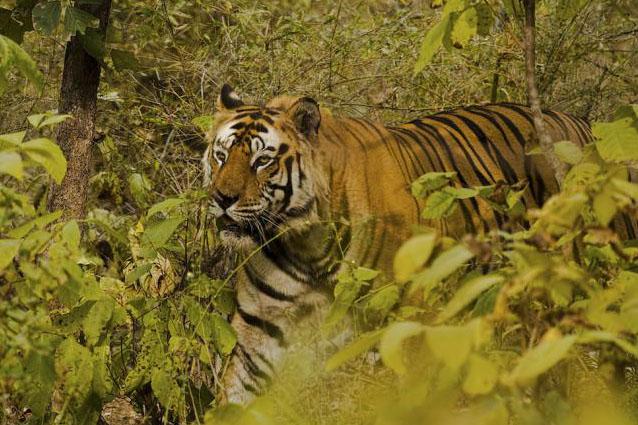
February 21, 2023
Cornell researchers have confirmed the first cases of canine distemper virus in tigers and leopards in Nepal. This is significant, as both populations are already threatened and the virus can cause fatal neurological disease.
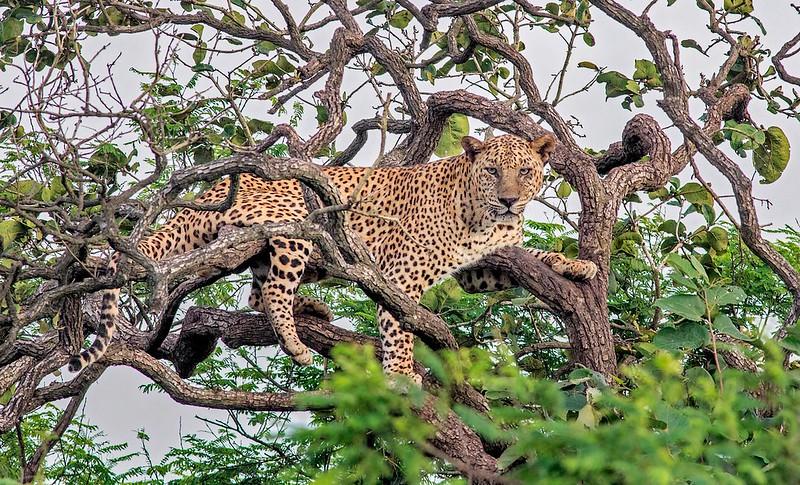
February 17, 2023
A new study led by Cornell and partners shows for the first time that leopards in Nepal are exposed to canine distemper virus, which could be contributing to increased human-leopard conflict.

February 11, 2023
Six years ago, on a regular workday, I was sitting at my desk tagging photos from a camera trap survey. Late in the afternoon, a picture of an uncanny species baffled me. It looked somewhat like a domestic dog, but taller and longer-bodied....

February 06, 2023
The Cornell Wildlife Health Center's Dr. Martin Gilbert says infectious diseases present a growing conservation threat to wild species as populations become more fragmented.
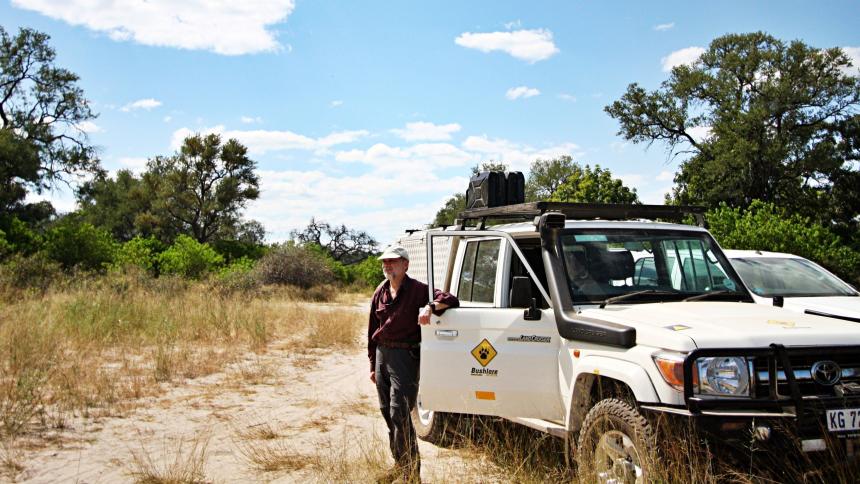
January 18, 2023
From Ithaca to the plains of southern Africa, the Cornell Wildlife Health Center is working to heal the natural world. Launched in 2020, the center was formed to unite Cornell’s leading wildlife health professionals under a common mission: to repair the fractured relationship between people and nature.
